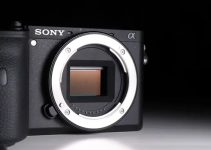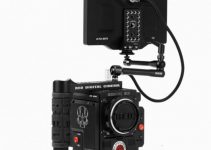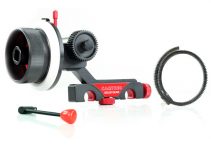The light you opt for to shoot your production can have grave consequences for your shots if you aren’t utilizing the right equipment. While there have been strides in different lights used in filmmaking, especially with the increasing popularity of LEDs, there are still some filmmakers who remain loyal to the quality of traditional tungsten or fluorescent bulbs. That’s quite normal and expected considering that it’s still questionable whether the LED lights of today can match the quality of long-favored traditional units used in the past.
In the following video, filmmaking equipment reviewer Curtis Judd provides a comprehensive comparison between the light quality of several LED lights to see if they have what it takes to make it in the lighting kit of more and more seasoned professionals and novices alike.
Before sharing the results, it’s important to explain how light quality is measured. The essence of this specification is based on the properties of the sun and how it emits a broad spectrum of light. The closer a light source can get to the light spectrum of the sun, the higher the quality. The unit used for this measurement is called CRI, or Color Rendering Index. To get each light’s CRI, Judd used the Sekonic C-700U Color Meter/Spectrometer which provided him with an in-depth analysis to determine the quality of light.
After looking closer at all the graphs from the video, it’s safe to say that LEDs do in fact have a place in your lighting kit. Most units of the LED light models tested in this video provided a CRI reading of 96 or higher. For instance, the Kamerar BrightCast Flexible LED Light managed to deliver 98.4 and 94.8 CRI at 3200K and 5600K respectively. The Falcon Eyes RX-18, on the other hand, scored 96.9 (3200K) and 96.4 (5600K), whereas the Linkstar RL-24VC LED outputted 98.2 (3200K) and 97.1 (5600K) CRI.
The Falcon Eyes FELUX 160 LED Fresnel Light yielded 96.5 (3200K), 96.5 (5600K) and 88.8 (8000K) CRI results. The rest of the Aperture LED panels showcased in the video provided similar CRI readings in the 95 to 97 range. While none of the LED lights reached the tungsten’s CRI of 99+, the foregoing values set a high bar for LED lights and reveal how close this technology is to achieving a new gold standard for lights in video productions.
Now just because LEDs do show promise scientifically doesn’t necessarily mean that these are always going to be the right choice for all your projects. What light you choose to use depends on what function you need the light to carry out. If you’re looking for a light source that can mimic the harsh sun, obviously, a scrawny single-panel LED light isn’t your best bet.
Maybe you’ll want to shoot for tungsten or a powerful (although extremely hot) halogen. If you need the light to focus on just the face of your talent or another small area of your scene, maybe you’ll want to find an LED light with a head and design that provides a more focused beam of light. All in all, LED technology has its place in filmmaking, but remember that using it exclusively on a daily basis is still not a necessity.
[source: Curtis Judd]
Disclaimer: As an Amazon Associate partner and participant in B&H and Adorama Affiliate programmes, we earn a small comission from each purchase made through the affiliate links listed above at no additional cost to you.
Claim your copy of DAVINCI RESOLVE - SIMPLIFIED COURSE with 50% off! Get Instant Access!





